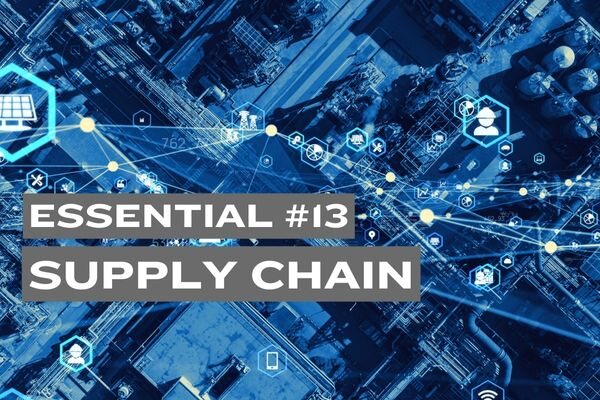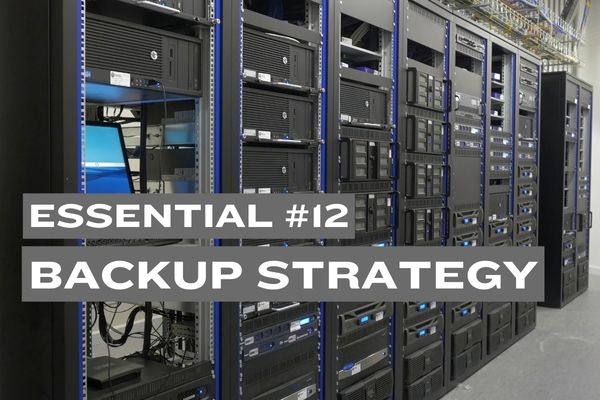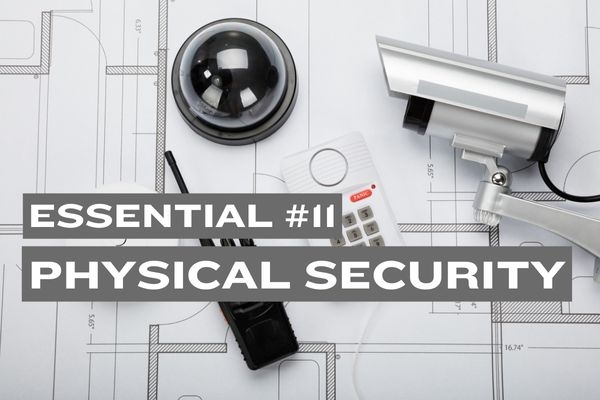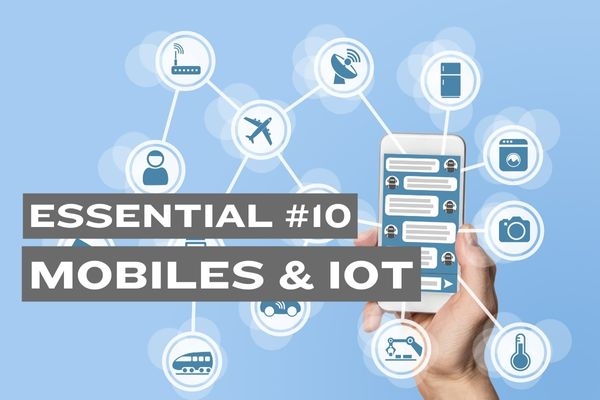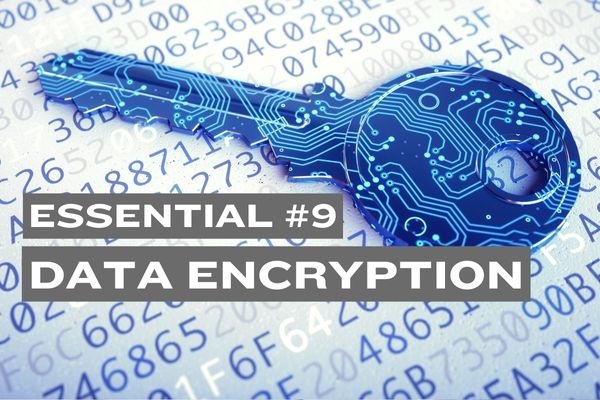Essential #11: Physical and Environmental Security
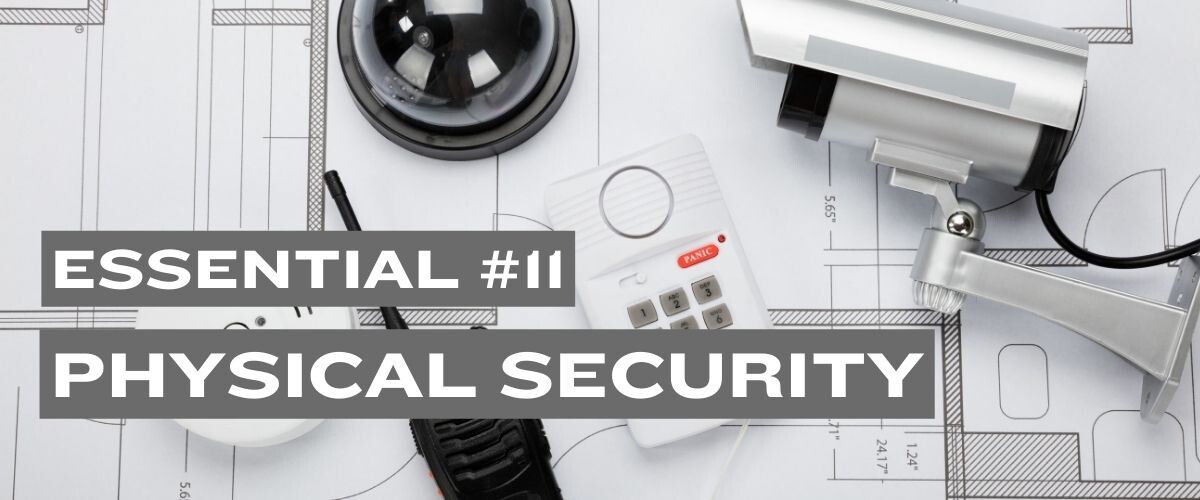
Ensuring robust physical and environmental security is critical for protecting your company’s assets against physical threats and environmental incidents. This key focuses on the measures needed to secure your premises, prevent unauthorized access, and guarantee resilience in the face of natural disasters.
🔐 Objectives of Physical and Environmental Security
- Physical Infrastructure Protection: Secure buildings, server rooms, and other sensitive installations.
- Prevention of Unauthorized Access: Control access to critical areas to deter intrusions.
- Environmental Safety: Shield equipment from hazards like fire, water, and temperature fluctuations.
- Operational Continuity: Maintain infrastructure availability in the event of a disaster.
🛠️ Key Measures to Implement
-
Establish Physical Access Controls
- Badges and IDs: Implement badge systems to regulate entry to buildings and high-security zones.
- Visitor Management: Limit visitor access, verify identification, and ensure they are accompanied at all times.
- Video Surveillance: Deploy security cameras to monitor entrances and critical areas.
-
Secure Critical Installations
- Protected Server Rooms: Safeguard servers with biometric locks and alarm systems.
- Workstation and Laptop Security: Never leave devices unattended; store laptops in lockboxes during travel.
- Fire Safety: Install smoke detectors, fire extinguishers, and automatic suppression systems.
- Non-Permanent Staff Access: Track cleaning staff or external service providers, limiting them to necessary areas only.
-
Protect Documents and Equipment
- Secure Sensitive Documents: Lock up critical files; avoid posting confidential info in plain view.
- Waste Management: Protect trash containing sensitive data and dispose of it securely.
- USB Key Control: Restrict and monitor USB drive usage to reduce data leak risks.
-
Secure IoT and Mobile Devices
- Network Segmentation: Isolate mobile and IoT devices to limit lateral attacker movement.
- Regular Updates: Patch IoT device firmware to address potential vulnerabilities.
- Robust Access Controls: Implement strong authentication for all connected devices.
-
Develop Continuity and Disaster Recovery Plans
- Contingency Procedures: Prepare quick-response guidelines for emergencies like fire or flooding.
- Physical Backups: Store critical data copies in secure, geographically separate locations.
- Data and Equipment Exit Policy: Define secure methods for removing data or hardware from the company.
-
Train and Educate Staff
- Physical Security Training: Instruct employees on best practices and emergency protocols.
- Incident Simulations: Conduct regular drills to prepare personnel for potential threats.
-
Perform Regular Audits and Inspections
- Frequent Checks: Inspect physical and environmental security systems to detect and fix weaknesses.
- Security Updates: Continuously refine measures based on emerging threats and new technologies.
📈 Benefits of Physical and Environmental Security
- Greater Asset Protection: Decrease risks from theft, vandalism, and physical damage.
- Reinforced Data Security: Prevent unauthorized access to sensitive information stored onsite.
- Stakeholder Confidence: Reassure clients, partners, and employees by demonstrating robust security measures.
- Operational Resilience: Keep critical operations functioning even during major incidents.
🔗 Stay Connected and Follow this Series
Follow our Blog to ensure you don't miss the upcoming posts in the "Security Essentials" series. By following this series, you will benefit from:
- Practical Advice: Concrete actions you can implement immediately to enhance your security posture.
- Proven Strategies: Approaches validated by cybersecurity experts to effectively combat threats.
- Recommended Tools: Technological solutions tailored to meet your specific security needs.
- Case Studies: Real-world examples demonstrating the effectiveness of best practices.
Whether you’re an SME or a large enterprise, "Security Essentials" is designed to provide you with the knowledge and tools necessary to build a robust defense against cyber threats.
Together, let's build a strong and resilient defense against cyberthreats.

